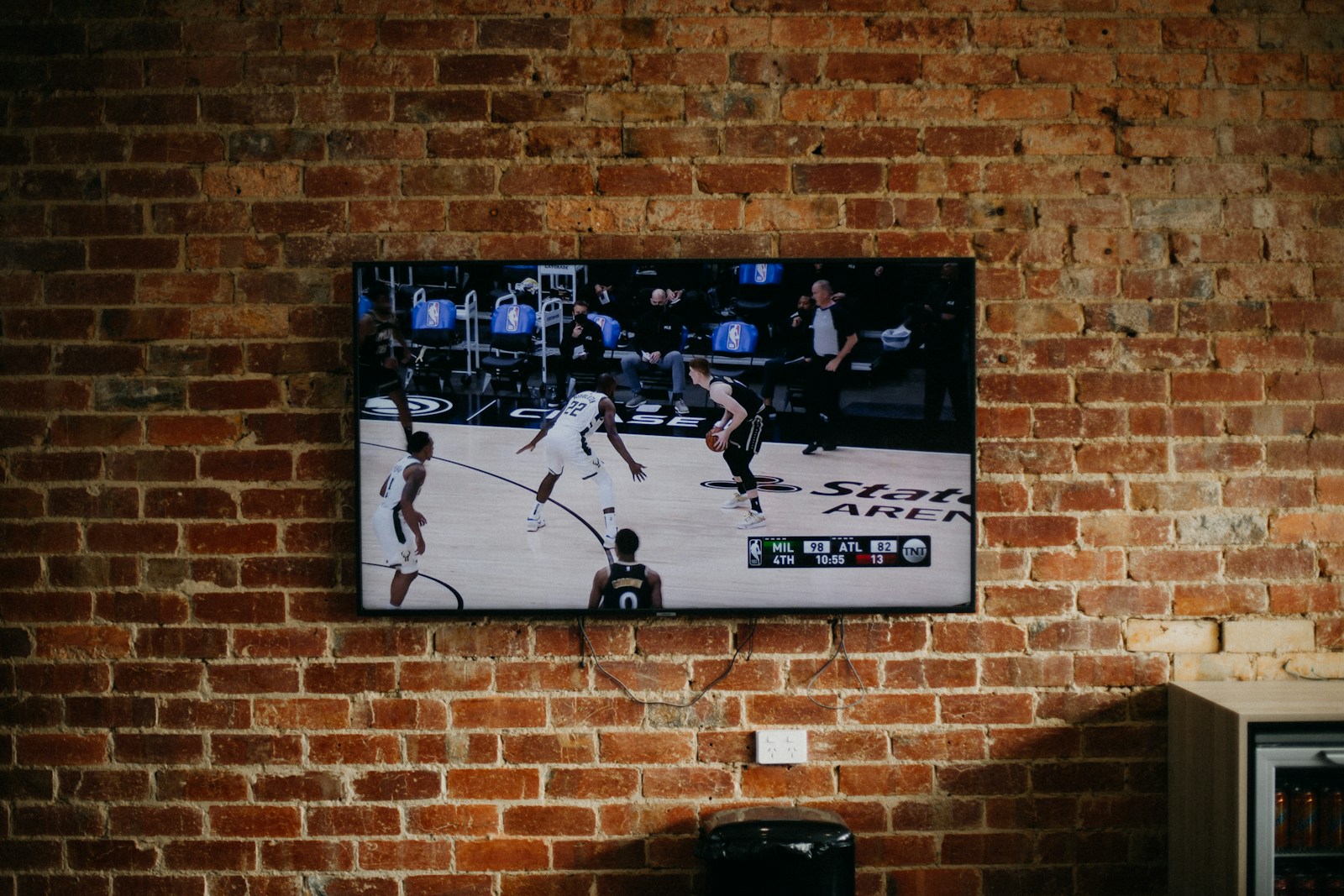Buffering on Hulu can be a frustrating experience, especially when you’re in the middle of your favorite show or an intense movie scene. Buffering happens when the video stream is interrupted due to slow or unstable internet connectivity, hardware limitations, or software issues. Fortunately, there are several practical steps you can take to reduce or eliminate buffering on Hulu and enjoy a smoother streaming experience. Even if it buffers from time to time, Hulu is still amazing for the price. It’s even hard to decide what to watch on Hulu with all the choices.
1. Check Your Internet Connection
The most common cause of buffering is a weak or unstable internet connection. Hulu recommends a minimum internet speed of 3 Mbps for streaming standard definition content, 8 Mbps for live TV, and 16 Mbps for 4K content. To address this:
- Run a speed test using a service like Speedtest.net to check your current connection.
- Restart your router and modem to refresh the network.
- Move closer to your Wi-Fi router or use a wired Ethernet connection for more stability.
- Limit the number of connected devices, as multiple devices streaming or downloading can reduce available bandwidth.
2. Lower the Video Quality
If your internet connection is slower or experiencing temporary issues, lowering the video quality can help reduce buffering. Hulu automatically adjusts quality based on bandwidth, but you can:
- Go to the video player settings during playback and select a lower quality.
- On some devices, go to the Hulu app settings and choose “Data Saver” or “Low” under video quality.
This reduces the amount of data being streamed, which helps the video load more smoothly.
3. Update the Hulu App and Your Device
Outdated software can cause compatibility issues and lead to buffering:
- Make sure you have the latest version of the Hulu app installed.
- Update your device’s operating system to ensure optimal performance.
- Restart the device to clear temporary files and refresh memory.
4. Clear Cache and Data
Over time, the Hulu app stores temporary data that can become corrupted and affect performance:
- On mobile devices or smart TVs, go to App Settings > Clear Cache and Data.
- On browsers, clear your browser cache and cookies.
This can help fix streaming glitches and improve loading times.
5. Disable Background Applications
Other applications running in the background—especially those that use internet bandwidth—can affect Hulu’s performance:
- Close unnecessary tabs, apps, or downloads.
- Pause or stop any large file downloads or software updates running on your network.
This ensures Hulu gets as much bandwidth as possible.
6. Contact Hulu Support or Your Internet Provider
If you’ve tried everything and buffering persists, there may be an issue with Hulu’s servers or your internet service provider (ISP):
- Check Hulu’s Help Center or social media pages for outage reports.
- Contact Hulu customer support for troubleshooting help.
- Reach out to your ISP to check for local outages or network issues.
Buffering doesn’t have to ruin your Hulu experience. By ensuring a strong internet connection, adjusting settings, keeping apps and devices updated, and minimizing background activity, you can significantly reduce buffering. If issues persist, Hulu support or your internet provider can help you diagnose and resolve the problem. With a few adjustments, you’ll be back to smooth streaming in no time.
